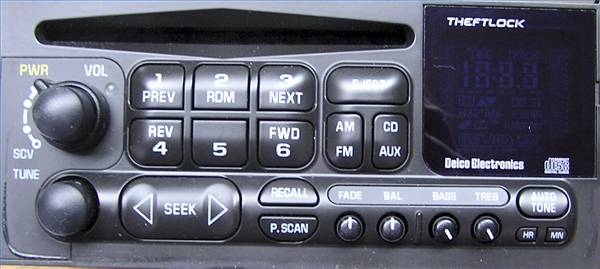
General Motors Company installed Bose stereo equipment in several models from 1990 to 2008, most notably in pickup trucks and SUV's. The unit is designed with a head unit, an amplifier, specialized speakers, and sometimes a CD changer. Adding a subwoofer can be a simple as linking it to the existing amplifier, or can involve re-wiring the system. The average backyard technician can add a sub to the Bose system in about an hour.
Locate the Bose amplifier. In most GM products, it is underneath the passenger seat or under the center console. In some early models, the amplifier could be in the trunk, near the CD changer. Even others had the amplifiers installed onto each speaker (if so, skip to step 4). The "box" style amplifier will have two main sets of wires going into it, one large and one small.
Locate the "SUB" output pin on the large plug, if applicable. This is model dependent, and many Bose stereo amplifiers do not have this pin activated. If it is present, it is a dark green wire pair in the center of the plug adapter, and may not be connected to any equipment. Specialized wiring diagrams are available for each model (see References), and should show whether or not it is present on the particular amplifier. It is labeled "SUB" on the schematics.
Attach the subwoofer's input wires to the dark green pair (one solid, one with a black stripe, depicting the negative terminal). Pulling the plug out, pushing the wire into place, then pressing the plug back into the connector on the amplifier will complete the job. If there are no "SUB" wire pin outs on the plug, then the wires for the rear speakers must be spliced separately.
Splice the rear speaker input wires from the plug adapter to secondary amplifier equipment, if required. The schematics for the amplifier will give the proper colors to cut, and they must be for the right and left positive and negative leads (four wires). They will be labeled "RR+" and "RR-" for the right rear speaker, "LR+' and "LR-" for the left speaker. Run these to a crossover or secondary amplifier, after using any necessary equalizing equipment for reducing noise or boosting the bass, then connect that equipment to the subwoofer. Cover all connections with a liberal amount of electrical tape.
Test the equipment. Some GM Bose stereos could limit the amount of bass coming from the rear channels, to protect the cheap stock rear speakers from overload. If this is the case, it may be necessary to wire the rear speakers into the sub from the head unit.